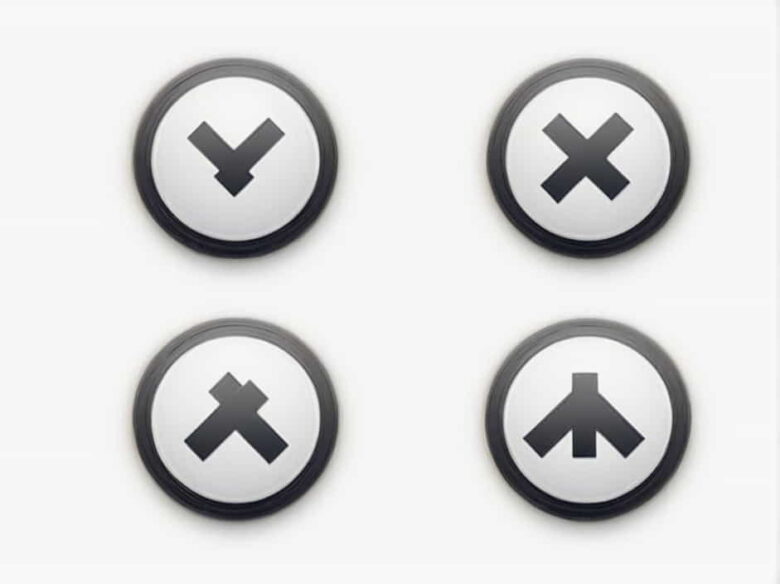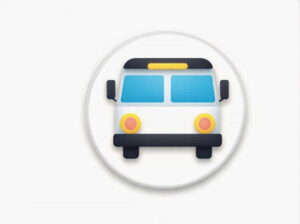Driving laws can be complex, and one question that often arises is: Can you switch lanes in an intersection? Many drivers are unsure about the legality of changing lanes while passing through an intersection. The rules can vary depending on location, but in general, most traffic laws discourage or prohibit lane changes within intersections.
Understanding the rules about lane changes in intersections is essential for road safety, accident prevention, and avoiding traffic violations. This content will explore whether switching lanes in an intersection is allowed, why it may be dangerous, and what drivers should do to follow proper traffic laws.
General Traffic Laws on Changing Lanes
What Is an Intersection?
An intersection is any point where two or more roads meet or cross. It can be controlled by traffic signals, stop signs, or roundabouts, or it may be an uncontrolled intersection where drivers must use caution and follow right-of-way rules.
Since intersections are high-traffic areas with turning vehicles, pedestrians, and signal changes, they require extra attention from drivers.
What Do Traffic Laws Say About Lane Changes in Intersections?
In most U.S. states and many other countries, switching lanes in an intersection is either discouraged or outright illegal. While traffic laws vary by location, the general rule is:
- It is unsafe to change lanes in an intersection.
- Some states have explicit laws prohibiting lane changes in intersections.
- Even if it is not explicitly illegal, it can still be considered a traffic violation if it leads to an accident or disrupts traffic flow.
Most drivers education programs teach that lane changes should be completed before entering an intersection or after exiting it, rather than in the middle of crossing.
Why Changing Lanes in an Intersection Is Dangerous
Even if local traffic laws do not explicitly ban lane changes in intersections, it is still a risky maneuver for several reasons.
1. Increased Risk of Collisions
Intersections are already among the most dangerous areas on the road. Cars may be turning, merging, or stopping suddenly due to traffic signals or pedestrian crossings. A sudden lane change in this environment can lead to side-swipe collisions or rear-end crashes.
2. Limited Visibility
In an intersection, visibility is often restricted by other vehicles, traffic signals, or road signs. Changing lanes without a clear view increases the chance of hitting a pedestrian, cyclist, or another vehicle that may not be immediately visible.
3. Disrupting Traffic Flow
Intersections are designed to regulate smooth and predictable traffic movement. Sudden lane changes can confuse other drivers, who expect cars to maintain their lanes while passing through. This can cause delays, honking, or even aggressive driving reactions.
4. Risk of Traffic Violations
Even if changing lanes in an intersection is not explicitly illegal, it can still result in a ticket or fine if a police officer determines that it was an unsafe maneuver. If an accident occurs as a result, the driver changing lanes may be held fully responsible for damages.
When Is It Legal to Switch Lanes?
Although changing lanes in an intersection is generally discouraged, there are some situations where it might be legal or unavoidable.
1. Multi-Lane Intersections with Marked Lane Guidance
Some large intersections have clearly marked lanes with directional arrows. In such cases, changing lanes before or within the intersection may be allowed if signs permit it. Always check for lane markings or signs that indicate whether a lane change is acceptable.
2. Emergency Situations
In rare cases, a driver may need to change lanes in an intersection to avoid an accident or obstruction. For example, if another vehicle suddenly stops in your lane, and the only safe way to avoid a crash is by switching lanes, then it may be necessary. However, this should only be done with extreme caution.
3. Highway Intersections
Some highways or expressways have intersections where lane changes are common, especially when merging onto a freeway ramp or adjusting for an exit lane. In such cases, changing lanes may be allowed, but drivers should always follow posted road signs and signals.
How to Safely Change Lanes (Outside an Intersection)
Since changing lanes in an intersection is generally unsafe, drivers should focus on switching lanes in safe areas before or after crossing. Heres how to do it properly:
1. Check Your Mirrors and Blind Spots
Before changing lanes, always check your rearview mirror, side mirrors, and blind spots to ensure the lane is clear.
2. Use Your Turn Signal
Turn signals (blinkers) inform other drivers of your intention to change lanes. This is crucial for maintaining smooth traffic flow and avoiding misunderstandings.
3. Maintain a Safe Speed
Avoid sudden acceleration or braking when switching lanes. Gradual movements help prevent collisions and keep the transition smooth.
4. Ensure Theres Enough Space
Only change lanes when there is enough space between your vehicle and others. Cutting off another car can lead to road rage incidents or even accidents.
5. Avoid Lane Changes Near Intersections
Plan your lane change well before approaching an intersection. If you realize you’re in the wrong lane, its safer to continue through the intersection and change lanes afterward rather than making a last-second maneuver.
Common Misconceptions About Lane Changes in Intersections
1. ‘If There Are No Signs, It Must Be Legal’
Many drivers assume that if a law isnt clearly posted, it doesnt exist. However, even if there are no signs explicitly banning lane changes in an intersection, it can still be considered unsafe driving and lead to fines or penalties.
2. ‘Other Drivers Do It, So It Must Be Okay’
Just because some drivers switch lanes in an intersection does not mean it is safe or legal. Many people break traffic laws without realizing it, but that doesnt justify unsafe driving habits.
3. ‘I Can Change Lanes If I Use My Turn Signal’
While using a turn signal is essential for lane changes, it does not automatically make a lane change safe. Drivers must always ensure they have enough space and visibility before making any move on the road.
Changing lanes in an intersection is generally unsafe and often illegal, depending on your location. Intersections are high-risk areas where many traffic movements occur simultaneously, making sudden lane changes dangerous for both the driver and others on the road.
To ensure safe driving:
- Complete lane changes before or after an intersection.
- Follow road signs and lane markings.
- Use turn signals and check blind spots before changing lanes.
- Be aware of local traffic laws to avoid fines or violations.
By practicing safe and responsible driving habits, you can help prevent accidents and ensure a smoother driving experience for everyone on the road.

